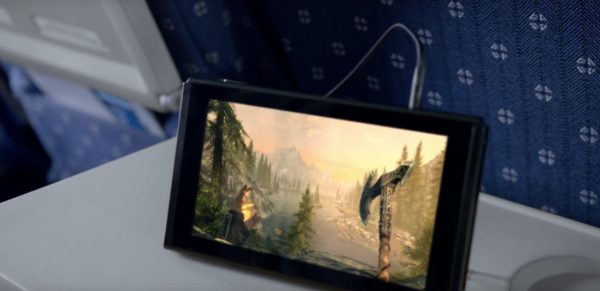
What is the last handheld gaming device you owned? Statistically, the most popular answer to that question would be either the Nintendo DS or something even older. Since the release of the Nintendo DS, the portable gaming industry has changed. Now, most people game on the go via their smartphone or tablet.
While mobile gaming has come a long way, very few people consider their mobile device to be the primary source of for gaming. Those that do tend to be users who don’t own a console or gaming computer. These are people who enjoy killing time with a mobile game but often don’t consider themselves to be gamers.
While the average mobile game may not appeal the to a hardcore gamer, even that market has a hard time imagining spending a few hundred dollars on a smartphone, a few hundred dollars on a console, and a couple hundred more on a mobile device designed just for gaming.
The Nintendo Switch provides an interesting alternative to this dilemma. What if the few hundred dollars you spend on your console could also go towards your dedicated mobile gaming device?
Even though it’s only been a little over a week, it’s clear that the Switch’s portable capabilities are more than a gimmick. In fact, some users are reporting that some of the Switch’s games run better while the device is being used as a handheld. The technology isn’t perfect – the Switch’s abysmal battery life is certainly a hindrance – but it’s still the most compelling dedicated handheld gaming device released since the Nintendo DS.
Yet, it’s hard to imagine that Microsoft and Sony see the Switch’s mobile features as the future of mobile gaming.
As fun as it is to dream of using your PlayStation or Xbox anywhere, the reason that the Nintendo Switch works as well as it does as a handheld system is because Nintendo committed to it being a handheld hybrid. As is the case with many commitments, that means they had to make sacrifices in order for the Switch to have those capabilities and still retail for an acceptable modern console price.
The only way that such a thing would work is if Sony and Microsoft decided to produce a second screen add-on to their standard consoles which came bundled with the main hardware. The problem there is that each company would likely have to price such a bundle at least a couple hundred dollars above the retail price of the console itself. In doing so, they are essentially releasing a separate handheld device into a rapidly disappearing market.
If the Switch proves to be a runaway success, then Microsoft and Sony may be forced to find a way to replicate its innovations. As it stands, there are just too many economic practicalities standing in the way of hardcore portable gaming’s future.












